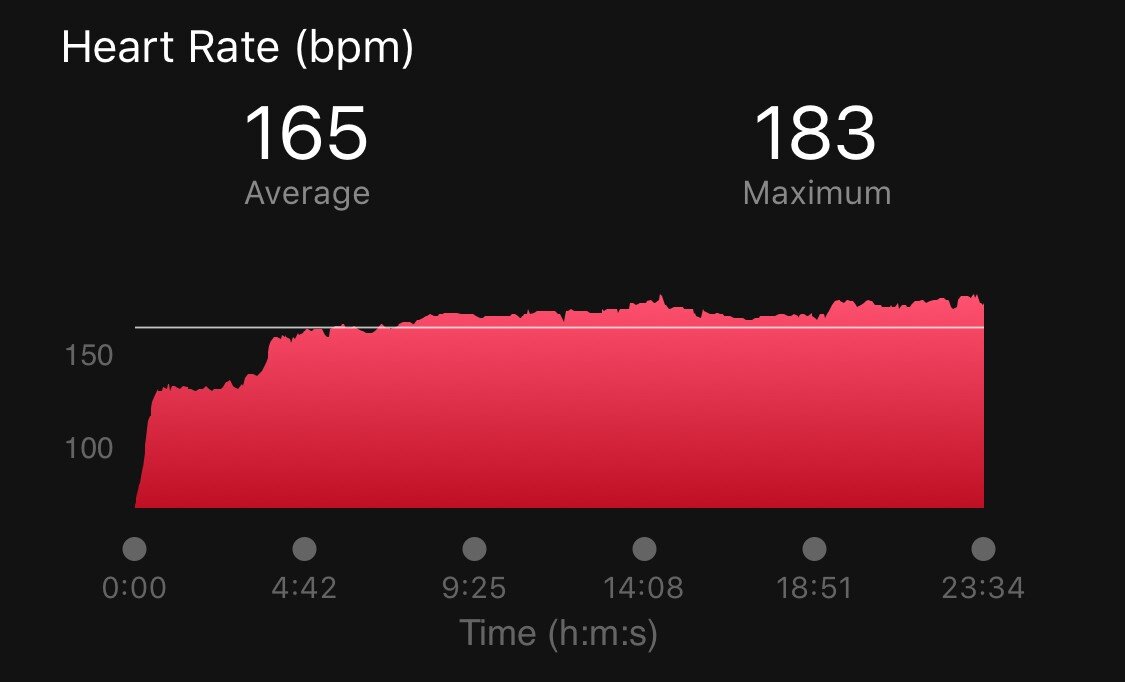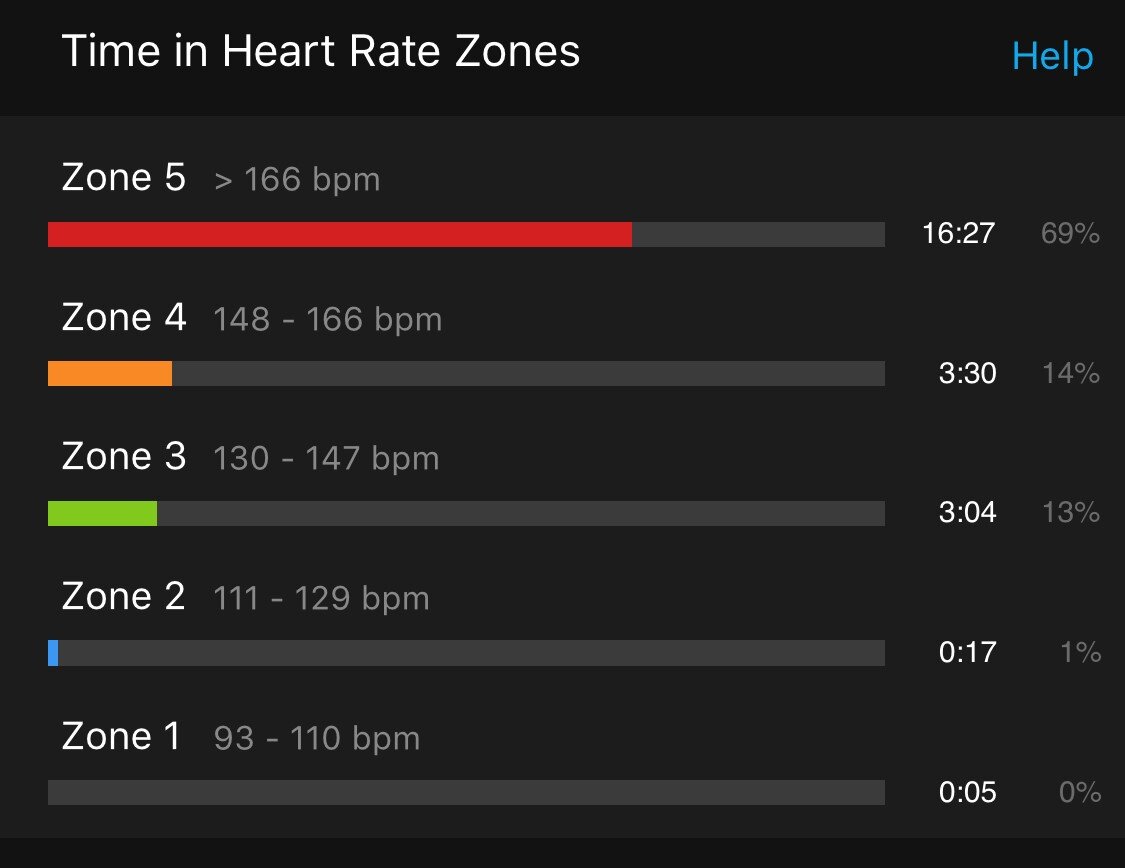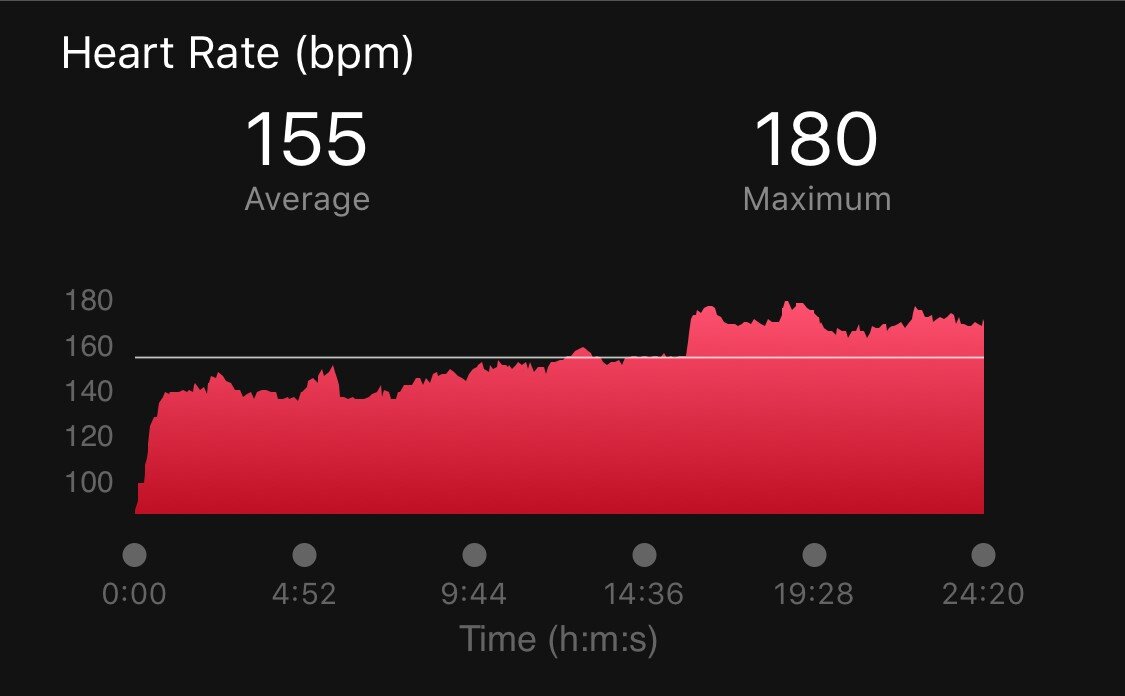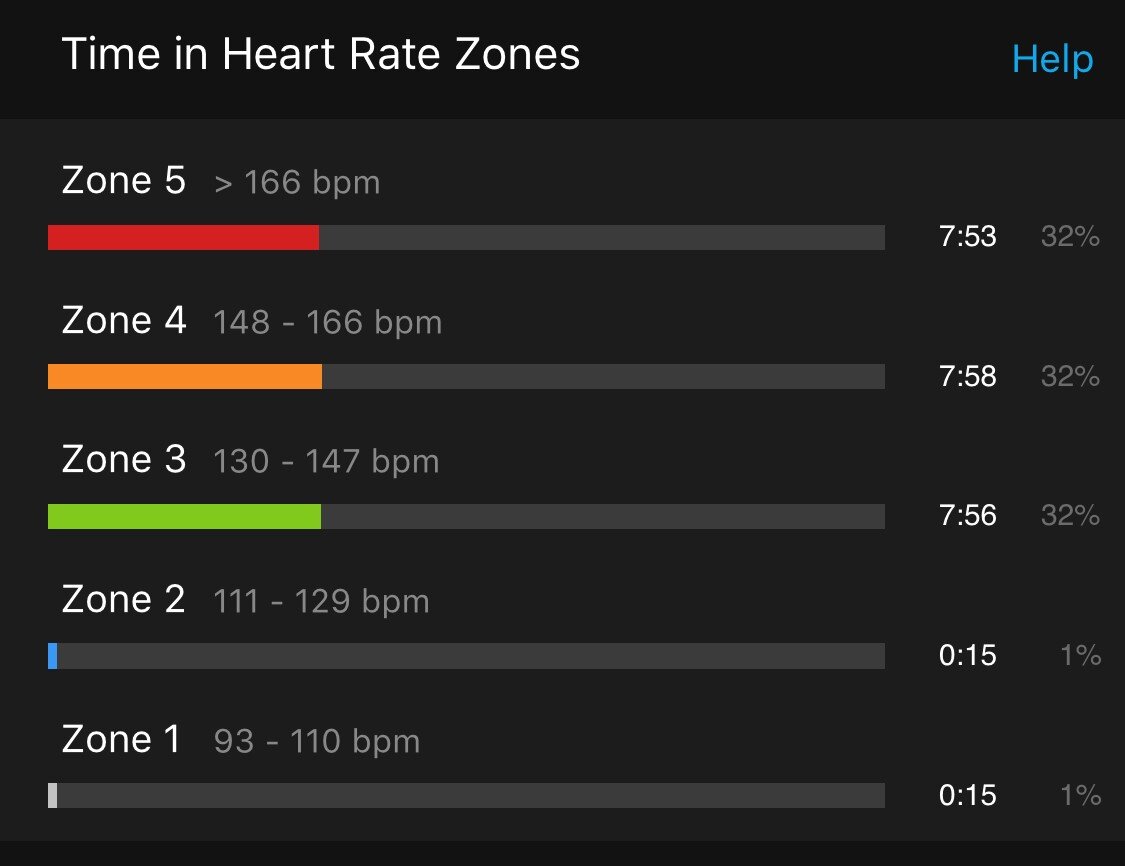Simple & Sinister Kettlebell Program: Seven-month Review
Overview:
This article is a review of Pavel Tsatsouline’s Simple & Sinister (S&S) program, which consists of 100 kettlebell swings and 10 Turkish get-ups each day. No more, no less. It is a minimalist but all-round fitness program to improve strength and athleticism.
Bottom line: I have never been so impressed with a fitness regimen. It has flipped my paradigm of exercise and thrust me into a markedly healthier (and sustainable!) lifestyle.
This is a comprehensive review with many thoughts about the process and outcomes of the program. If you’re considering starting the program (or considering dropping it after, say, only 30-90 days) please read on!
My takeaways after seven months of S&S:
Endurance is about much more than cardio.
Improvement is steady, noticeable and motivating.
“Feeling the burn” is unnecessary and inadvisable.
Commitment is necessary. Stick with it.
My objectives before I began:
Substitute my outdoor trail runs with something I could do at home (because of COVID lockdown).
Keep myself in good enough shape to keep up with, an set and example for, my four-year-old.
Make a habit of something fun and simple that I can do with my wife.
The swing.
Explosive and dynamic.
1. Endurance is about much more than cardio.
Pavel frequently reiterates this point in his book and interviews, and only now do I understand. I’m about to give you my fitness background and then show with real data the seven-month results.
Before undertaking this program, I had largely used the terms, fitness, cardio and endurance interchangeably. And on top of that, the only ways I attempted to improve or maintain my fitness were limited to those activities on my smartwatch that would rack up my weekly “activity minutes”, such as running, cycling or skipping rope.
Before I’d ever heard of S&S, at around February 2020, I had gotten to the point where I was achieving about 200 activity minutes per week and about 12k steps per day on average. I was running a recreational 5k race every Saturday, going on a 10-15km trail run about once every couple weeks, squeezing in some interval training that focused on 800m sprints, and just sporadic jogs or cycles.
My last 5k race time in Feb 2020 was 23:34, and my times had been consistent for quite a while. I had thought my race times would start improving with all that training I mentioned above, but was admittedly not pushing myself like a competitive athlete. I could easily go two or three days without putting on the running shoes.
Then of course, the pandemic hit, and my exercise started falling off a cliff.
I had all but stopped running outside, but I tried to substitute that with some calisthenics in the living room. That was okay until about June, 2020 when Melbourne, Australia went into ultra lockdown with a mandated 5km radius travel limit around your home. At that point I stopped running completely because my knees have a hard time with pounding on the pavement, and there aren’t any nice outdoor trails within 5 kilometers of my house.
So I started doing burpees and skipping rope, but I had no real schedule, no goal I was working toward. I started doing some research, and by September, 2020 I had read the S&S book and started the program.
Now let’s fast forward to April 2021. I hadn’t run a 5k in 14 months and hadn’t so much as gone on a light jog since June, 2020. So we’re talking three months of reduced running, and then 11 months of absolutely zero running. But then on 10 April, 2021, I thought I’d break the spell (since things were opening back up) and participate in the weekly recreational 5k near my house. So what was my time?
24:20.
To be clear, that’s a performance drop of only 3% after having not gone on a run or jog for an entire year. And to boot, I wasn’t even skipping rope anymore after starting the S&S program. So, from doing only 100 kettlebell swings and 10 Turkish get-ups a day, and absolutely no extra cardio at all, the difference in my 5k time was essentially negligible.
But the most remarkable outcome was that my average heartrate during the 5k race actually decreased!
My heartrate during the 5k race improved from 165bpm on average to 155bpm. Let’s look at the data from my smart watch for confirmation. The first two charts are from my race in February 2020, and the second two charts are from April 2021.
In Feb 2020 when I was running regularly, my heartrate was up to 165bpm only five minutes into the race. Whereas in April 2021 after seven months of S&S, my heartrate was still at 155bpm 16 minutes in. Part of that is explained by the fact that I started the race at a slower pace this past April because I was a bit out of practice with my pacing. And with about 1.5km to go, I realised I had a more gas in the tank and stepped it up. Regardless, you can see that overall, my most recent race was much more leisurely, with the majority of the race spent in heart rate Zones 3 and 4, as opposed to Zone 5, with nearly the same time result.
And of course the real kicker is that, now, I am a heck of a lot stronger than I was a year ago. For example, I can now one-arm military press a 24kg (53lbs) kettle bell several times in a row, whereas a year ago, I wouldn’t have tried to push that weight up even once. Cardiovascular health is only one system involved in one’s endurance and ability to sustain performance. With S&S, you’re working to improve not only your power and cardio, but also your coordination and neurological fitness.
2. Improvement is steady, noticeable and motivating.
Kettlebelling feels more like a martial art than an exercise routine. The progress you notice on a weekly basis is far more than just adding weight. You start the program with light enough bells, as to not injure yourself, but for literally months on end, you’re constantly improving and finetuning your movements. And when you start with absolutely no kettlebell experience, like me, you can notice a difference in your technique and how things feel on a daily basis.
Even on those off days when the kettlebell seems a bit heavier, you still often feel the movements getting progressively more natural. Kettlebell swings and Turkish getups are far more complex movements than bicep curls or bench press, so they take time and work to perfect. It’s a very Xen feeling to get in the zone with these movements, and every improvement you make is highly motivating. You can feel that yourself today is better than yesterday, and you know tomorrow will be one step closer to the top.
After 7 months, I am positive I haven’t reached perfection with my movements, but I don’t see the long progression as frustrating or discouraging. Rather, it’s about appreciating that, with kettlebells you’re dealing with heavy ballistics and counterweighting your body, and there’s just a lot to work on.
3. “Feeling the burn” is unnecessary and inadvisable.
Which is better?
Max out with 10 pull-ups three times a week, or
Do 5 pull-ups every day, where no single session wears you out?
Think about the long run. In the first scenario after a month, you’ve done 120 pull-ups. In the second scenario after a month, you’ve done 140. After three months it’s 360 vs. 420.
Before S&S, the real reason why I never really stuck to a program or any real exercise habit was because every time I exercised, I “worked out” instead of “trained”. I had to recover for a day or two each time, and it was tough to get into a routine. I was always thinking to myself, “I don’t have the time to exercise every day, so when I do, I need to really go for it.” Plus, I’d always had that mentality of “no pain, no gain.” What a crock.
What I never realised before is that, it wasn’t actually that I didn’t have the time to exercise two days in a row. It was that I was making the excuse to take a day off for recovery. Or maybe I really did need the recovery because I truly was “worked out” after too much intensity the day before. Now I do the 100 swings and 10 get-ups every day, and when I’m done, I never feel worn out.
You never need a rest day if you don’t kill yourself! It makes exercise so much more enjoyable, and easier to start, when you know you’re not going to beat yourself down each time you do it. For me, it actually takes more will power to hold back and be consistent than to just grind super hard a few times a week.
And because I have exercised that will power, I’ve now seen quicker progress than with any other exercise program I’ve done. When I started S&S in September, I was using 16kg (35lbs) bells, and it took me about 35-40 minutes to do all the swings and get-ups. By April 2021, I was using 24kg (53lbs) bells and could do the whole circuit in 15 minutes. So just think, that is presumably about 150% more calories burned, and accomplished in less than half the time.
It only takes you a few months to become a true machine on this program.
4. Commitment is necessary. Stick with it.
So how do I think it was possible to get such results from such a simple program?
First, I really did follow the program to a tee. If I had been exercising only three days per week, I am certain I would not have maintained or improved upon my level of fitness. I’ve trained 5, 6, 7 seven days per week without fail for the entirety of these seven months. It’s just a decision you have to make. Am I going make the time to do this, or not?
Even when I got a head cold, it’s such a simple little exercise, I still have the motivation to do it. It’s just not the same as when you’re trying to will yourself out of bed to go for a jog when you’re feeling a bit down, and it’s raining outside. Frankly, I was rarely ever able to overcome that hurdle. But now, with S&S, I’m in such a groove that a bit of man flu does not stop me from getting in a few swings in my living room, and I always feel better afterwards.
I’m not a pro athlete, and I’m not trying to be.
I’m 36, and I’m just trying to incorporate some more healthy habits into my daily routine to get the most out of life.
And now that I can see the benefit that I get from this program, I just don’t see myself moving away from kettlebelling as my primary training mechanism. I’ll definitely continue to expand my repertoire of kettlebell exercises, and now that I have a good base, I’ll likely start re-incorporating a few jogs, skipping rope and maybe some yoga here and there. But all-in-all, I have tried a lot of different approaches to fitness over the years, and nothing has come close to this program in terms of results.
I haven’t even mentioned my physique because it was never a objective of mine to make a change there, but that too has improved significantly. I haven’t dropped or put on any weight, but I am considerably more muscular, and I’ve dropped a lot of fat.
Straight up, this is the ultimate parent or busy person’s program.




